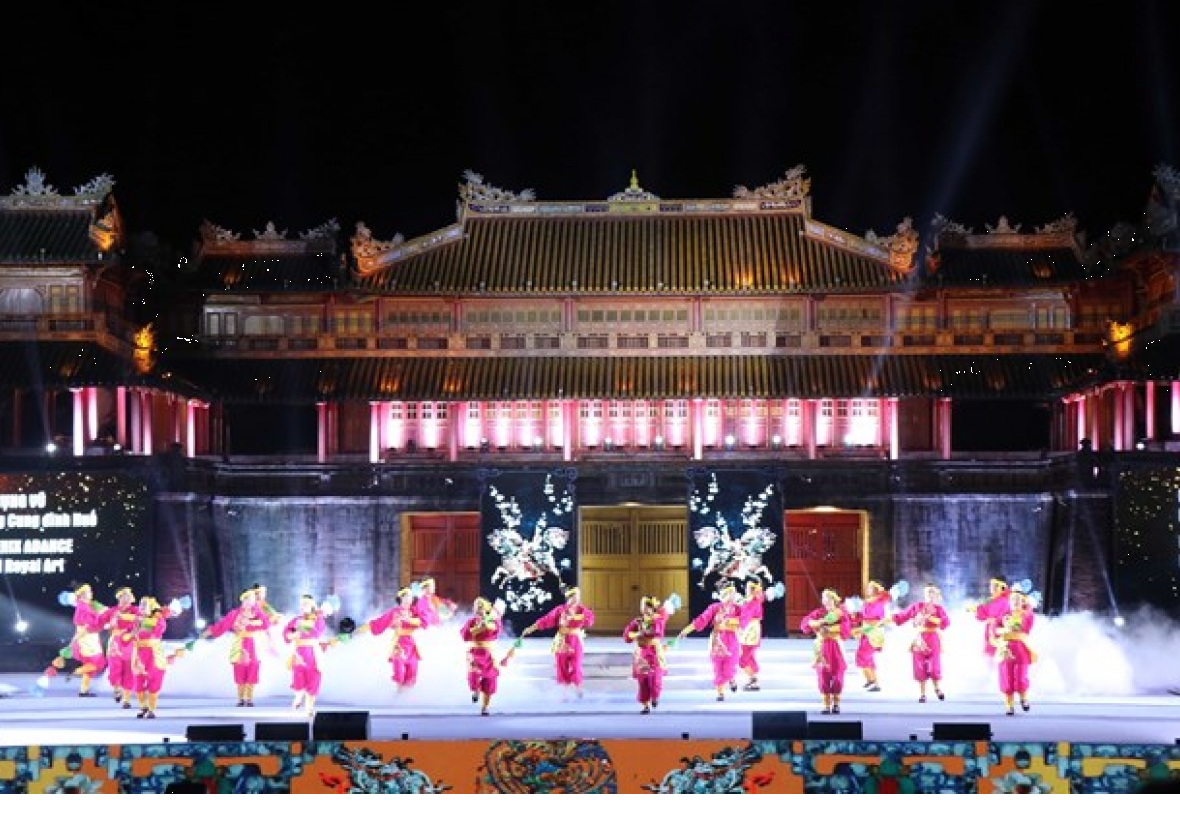The Complex of Hue Monuments in Thua Thien-Hue, Vietnam, was recognized as a World Cultural Heritage on December 11, 1993. The royal court music of Hue also received recognition on November 7, 2003. This recognition has allowed Vietnamese cultural heritages to integrate into the region and the world. Thua Thien-Hue is the only province in Vietnam and Southeast Asia to be home to five UNESCO-recognized cultural heritages. These include the Complex of Hue Monuments, nha nhac (royal court music), woodblocks of the Nguyen Dynasty, documents of the Nguyen Dynasty, and royal literature on Hue Royal Architecture. These cultural heritages have had a positive impact on local socio-economic development and serve as a special cultural diplomatic channel for promoting friendship and mutual understanding between Vietnam and other countries. Thua Thien-Hue is known as the leading Vietnamese locality in terms of heritage preservation, and it has become a model center for technological heritage transfer in the Asia-Pacific region. Numerous historical and cultural sites have been restored in the Hue region, including Ngo Mon, Thai Hoa Palace, Hien Lam Cac, Duyet Thi Duong, and several royal tombs. The Complex of Hue Monuments was the first world cultural heritage in Vietnam and the 410th heritage inscribed onto UNESCO’s list. Nha nhac, the royal court music of Vietnam, is a significant part of Vietnamese culture and has strong links with the traditions of other East Asian countries. It is considered the national music of Vietnam.

Hue Celebrates UNESCO Acknowledgement of Its Nha Nhac Tradition
On the evening of June 17th, the People's Committee of the central province of Thua Thien-Hue held a ceremony at Ngọ Mon Square in Hue city to commemorate the UNESCO recognition of the Complex of Hue Monuments and traditional nha nhac (royal court music).








